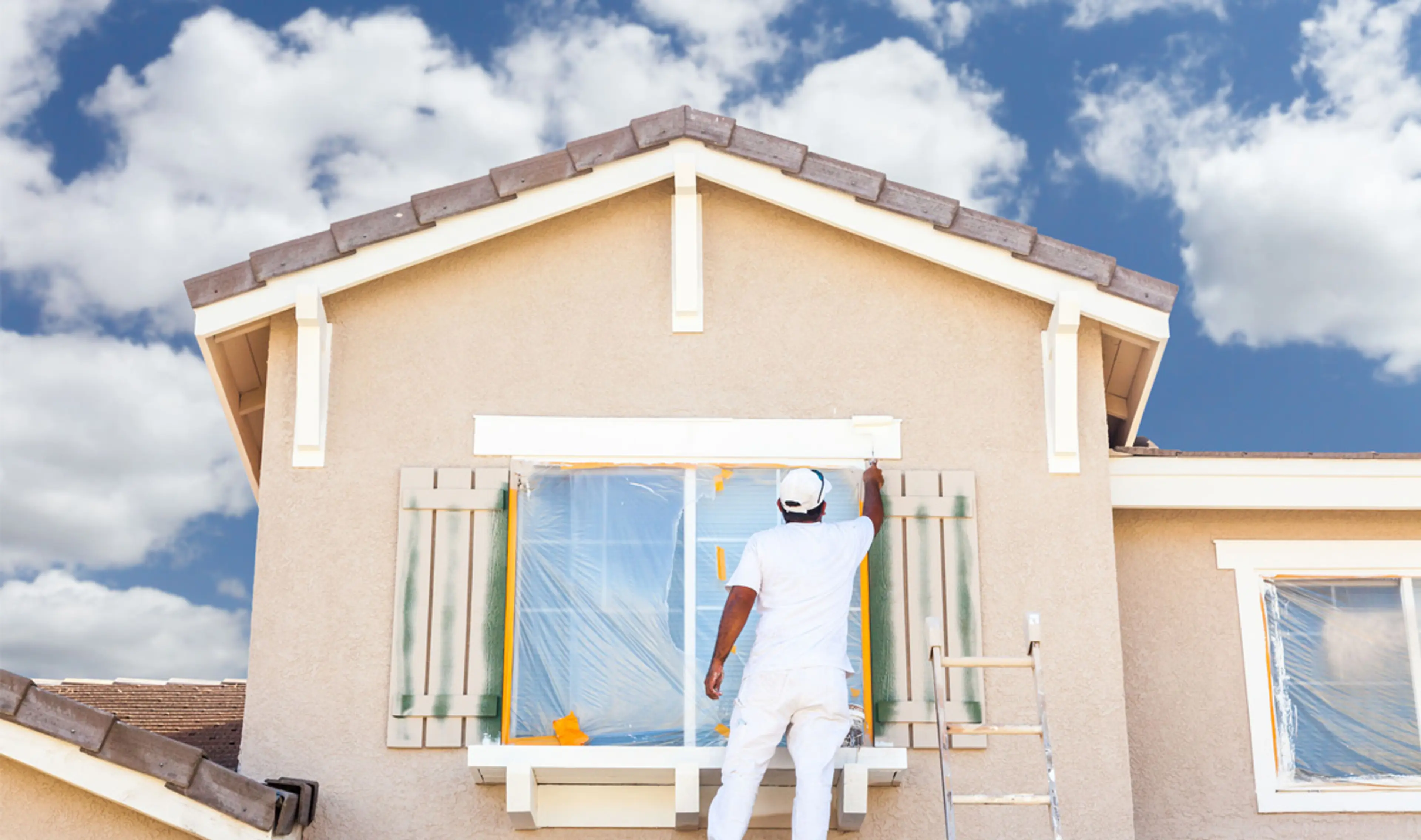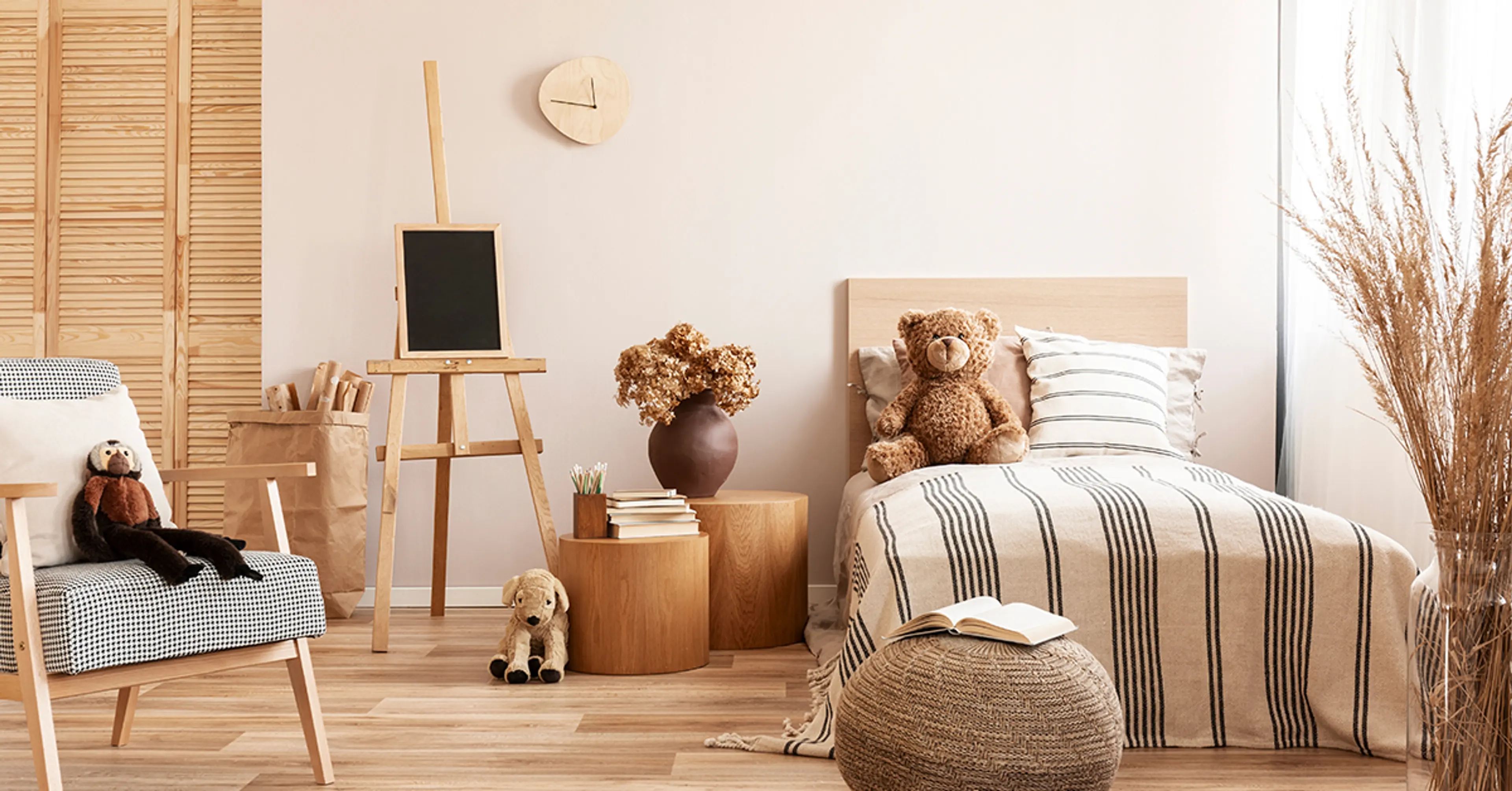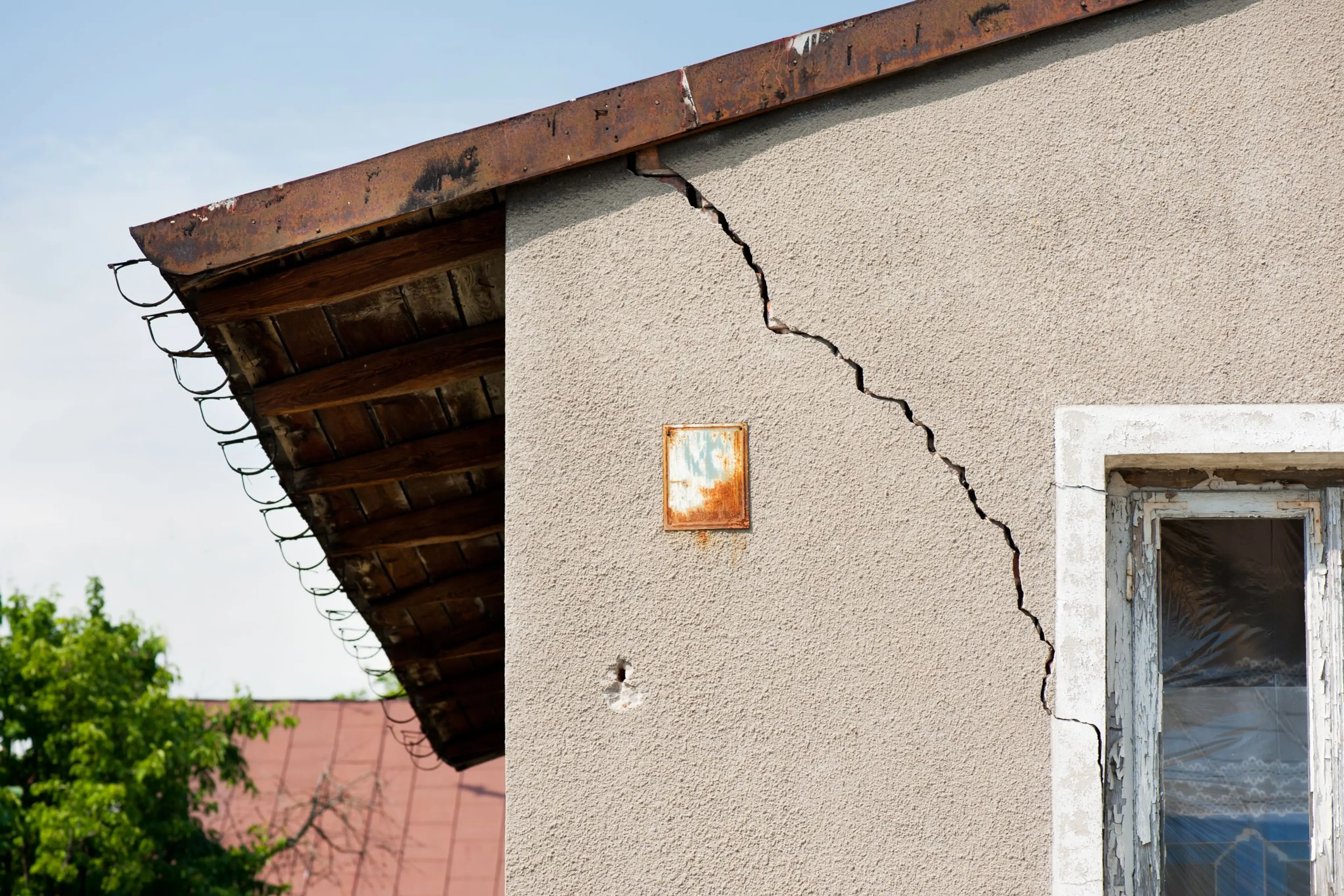Predicted Exterior Wall Paint Colour Combination Ideas for 2023

 Dec , 2022
Dec , 2022- Exterior
- 4 Min Read
Exterior Wall Paint Colour Combination Ideas for 2023
Are you planning to repaint your home’s exterior walls in the upcoming months
But before we get into what colours to choose, let’s first talk about the factors that determine the choice of exterior wall colours.
It’s hard to tell how a home will look once the fresh paint has worn off. From replacing faded exterior house colours with new ones to choosing from the best exterior paint colours that complement various roof colour combinations, our house paint colour tips can help you stay on track in your home improvement project.
How Exterior Wall Colours Affect House Look?
The colour of your exterior walls can make or break the look of your home. The right exterior wall painting ideas can make your home look modern, classical, or anything in between.
Wall painting ideas are endless—and they don’t all have to be expensive! As long as you’re willing to put in the time, there are plenty of ways that you can get creative with your exterior wall paint colour combination. Whether you want to try something new or stick with a tried-and-true formula, you should consider a few things when choosing an exterior paint colour.
First, think about what kind of mood you want your house to exude: do you want it to be bright and cheery or more subdued? Do you have a lot of natural light in the space? If so, consider using one of the lighter shades as it will brighten up any room. If not, consider using darker tones like black or navy blue which will give an elegant look without being too overpowering.
Consider how many colours are going to be used on the exterior walls. If there’s only one colour then that may seem boring so try adding some variety by adding another colour with a similar tone but a different hue This will create visual interest while still retaining uniformity throughout all surfaces.
Things to Consider While Choosing Exterior Wall Colour for Home
Choosing the right exterior wall colour for your home is a crucial part of decorating. You want to make sure that you choose a paint combination for wall, and won’t fade too quickly.
Use Low-VOC Paint on your Outside Walls
Low-VOC paints are made with fewer volatile organic compounds (VOCs) than regular paints, which means they don’t emit as many harmful chemicals into the air when they’re applied.
Think About Elongation Qualities in Exterior Wall Paint
Elongation qualities in exterior wall paint are essential to the durability of the coating. The flexibility of the paint used in exterior painting is important to protect it from damage when exposed to weather over a period of time.
Exterior Wall Paint Coating
Exterior paints can be divided into three categories- emulsion, acrylic, and synthetic enamel. Emulsion paints are the most popular choice due to their durability and water-repellent properties. They are ideal for use on most exterior surfaces including brick, wood, and concrete. Synthetic enamel paints are the most durable of all exterior paints but require a longer drying time than other types of paint
What kind of paint to use outdoors?
If you’re looking to paint your exterior walls, you may be wondering what kind of paint to use. Here are the main types of exterior wall paints –
- Masonry Paint
Masonry paint is a good option for walls that are made from concrete or stone. The masonry paint will protect the wall from weather and sun damage
- Textured Paint Aluminium
Textured paint is ideal if you want to give your home a more rustic look. It works well on wood siding, brick, stucco, and even metal surfaces such as aluminium siding and galvanized steel fences. Textured house painting colour combinations come in different colours so it’s easy to find one that adds an accent colour that pops against the landscaping.
- Smooth Paint
If you want an attractive finish without having to do much work yourself then smooth paint might be your best option. It provides an even finish without any visible texture—this means that your surface will look smooth even when viewed up close.
- Primer and Sealer
It’s important to remember that no matter what type of exterior wall paint colour combination you choose, it’s always a good idea to use primer and sealer before applying any colour. This will help protect against peeling or flaking over time!
Trendy Exterior Wall Paint Colour Combination Ideas for 2023
We’ve been working hard to research and test different exterior house colours combinations that complement each other so that you can create unique and individual colour schemes. Here are our best choices:
White and Blue
White and blue is one of the best exterior wall colour combinations for 2023. We love the way this combo colour makes a statement without being too loud. White gives the house a vibrant and fresh look while the blue adds a calming effect to your home. This combination is suitable for houses with small gardens and terraces as it makes them look bigger and spacious.
Earthy Tones
Earthy tones will give your house an elegant look by adding warmth and depth to it. You can use orange-brown, red-brown, or yellow-brown for this purpose. Yellow with brown gives your house a bright appearance which makes it stand out from other houses in your neighborhood. Another earthy look is brown and grey that gives an understated yet beautiful look to any home.
Yellow with Brown
You can’t go wrong with yellow and brown! These colours pair well as they complement each other perfectly. Yellow works well on any type of home, whether it’s modern or traditional in style.
Peppy Citrus
Peppy citrus is another trending exterior wall paint colour combination for 2023. This combination is perfect for those who want their homes to be bright, cheerful, and lively all year round without any effort on their part. Orange is a great way to create an energetic vibe in your home.
Brown, White and Grey
This colour combination is one of the most popular options out there right now because it looks so fresh and new! A very popular colour combination among homeowners. It is easy to use on the exterior of your home and it looks really beautiful. The best part about this colour combination is that it will not make your house look too dark or too bright.
Olive Green and White
If you want a colour combination that’s both calming and elegant, try olive green paired with white. This combo works well for all kinds of spaces—it’s especially great for smaller rooms and hallways. The lighter shade of green will brighten up the space while the white keeps everything clean and fresh-looking.
Neutrals
If you’re looking for something simple but stylish then go with a neutral colour scheme. You can choose from any of these three colours: cream, black or white and they will all look great together! Neutral colours are stylish, but they’re also easy to pull off in any room of your house. It works well in living rooms or bedrooms
Grey-Green
Grey-green is a trendy choice for this year! The greyish tinge makes this colour very modern and contemporary.
Maroon, Brown, and White
This combination works well on the exterior of your home too, as it gives the impression of warmth while still maintaining a sleek and modern look. The maroon will give your home a classic feel, while the brown and white will help to make it feel fresh and new.
Terracotta
Terracotta is a warm colour that can bring warmth into any room. It’s often used on exterior walls because it looks great against natural stone or brickwork, but it can also work well indoors too. If you have an open-plan kitchen/dining area then this colour would suit well because it will bring warmth into the space without overwhelming it.
Get an Estimate
You can use Berger Paint Calculator to estimate the amount of paint you need for your project. Input the surface area, type of paint, and coverage to get an approximate amount. Berger Paint Calculator helps you get up-to-date estimates. It’s easy to use, so you can feel confident that you’re getting the best price possible. The virtual painter will help gauge an idea of how your home with exterior wall painting ideas.
check for any query you have about the blog
Frequently Asked Questions
Generally speaking, when it comes to exterior colours, darker colours tend to fade faster than lighter ones. This is because they absorb more heat, which speeds up the process. But if you want to make sure your home looks beautiful for years to come, consider using a neutral colour that won’t fade as quickly as other colours.
It’s no surprise that the most popular roof colour is white. White roofs reflect the sun’s heat, which can help lower your energy bill and reduce your carbon footprint. A white roof also helps cool down your home and make it more comfortable to live in.
To apply colours for exterior walls, you first need to prepare the surface. If you are using a fresh coat of paint, wash the wall with soap and water to remove any dirt and dust. Then, wipe the wall dry with a clean cloth. Next, apply primer and allow it to dry completely before applying your topcoat of paint. Finally, use a roller or brush to apply your topcoat of colour evenly over the wall surface in light coats until you have achieved your desired result.
There’s a lot to consider when deciding the colour of your home’s exterior. But if you’re looking for a way to make a home seem bigger, one easy trick is to choose colours that are lighter and brighter. Lighter colours reflect more light than darker colours do, so they give the illusion of being larger.








